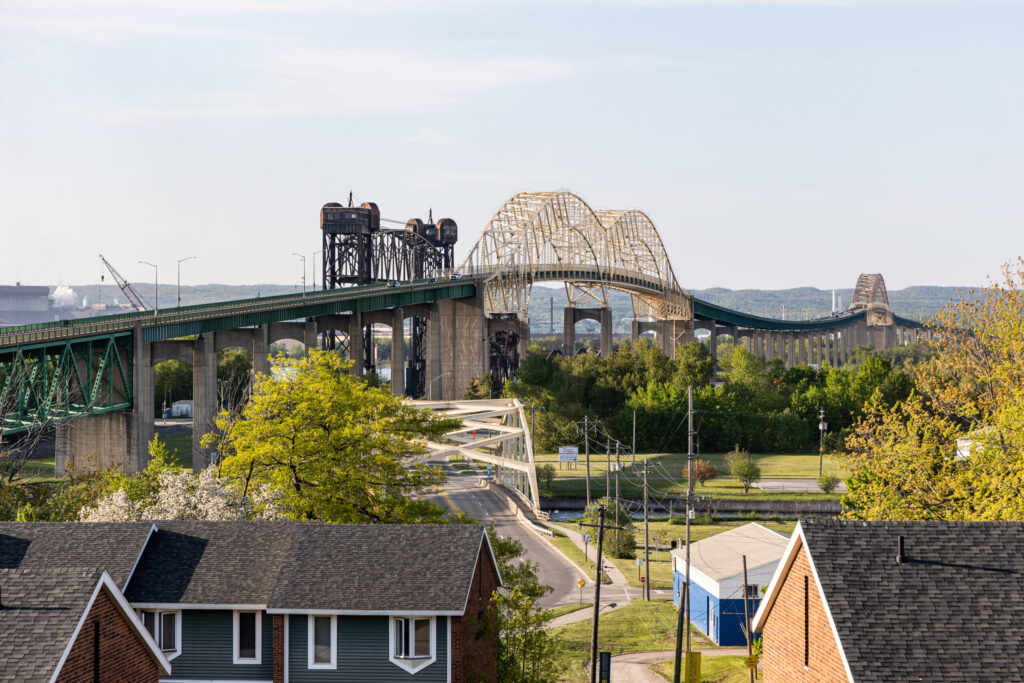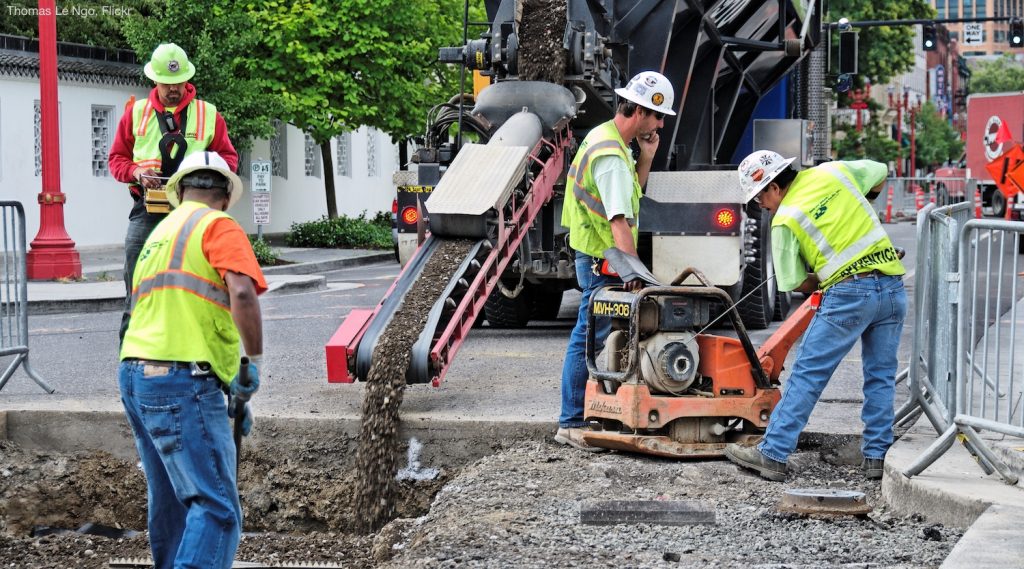
Are we creating assets or liabilities?


New roads are often considered new assets, but by ignoring repair many states have let those assets become liabilities—as our upcoming Repair Priorities report shows.
Building new infrastructure is sexy—it’s a tangible sign of progress and officials get to cut ribbons. Policymakers often talk about new roads as economic “assets,” but they are more truthfully classified as liabilities, bringing decades of baked-in maintenance costs. Without a regular commitment to upkeep, these liabilities can break the bank.
As Repair Priorities 2019 will show next week, we have a lot of liabilities on our hands.
Look for the full report in your inbox on Tuesday, May 14. Then join us for a webinar on Wednesday, May 15 where we’ll dig into how states are spending their existing money, hear directly from a number of state DOT officials, and discuss our recommendations for fixing this looming financial crisis.
Not all states are in the same situation. Many states make responsible decisions to invest the majority of their money in repair. Other states are borderline irresponsible, spending vastly more on expanding new roads—and creating new liabilities—even as their existing system falls into disrepair. Much of this money comes directly from the federal government with little to no direction about how those funds should be spent.
In the midst of ongoing talk about a purported infrastructure plan—notably, all the talk is about funding levels, not what we want it to actually accomplish—and as Congress begins crafting a long-term replacement for the expiring FAST Act, Repair Priorities will be a wake up call.
More funding won’t fix our infrastructure problem without a serious change in priorities.
Register for the webinar next Wednesday at 3 p.m. ET/12 p.m. PT.



